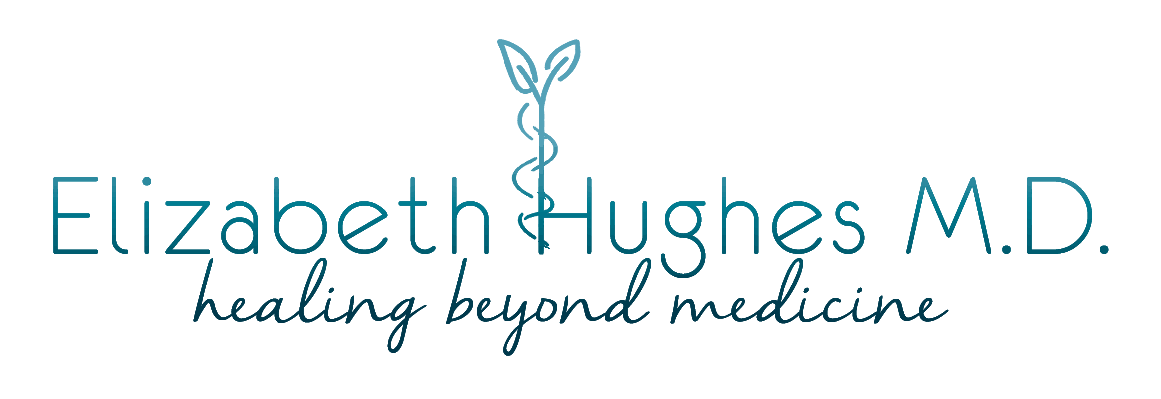What Burnout Says About Medical Training

But these aren’t the whole reason. To discover the roots of burnout, we need to ask the “whys” behind the obvious answers. And we need to look for answers outside the realm of statistics, because greater truth can be contained in stories than in data.
Over the next four articles, I’ll share my answers, and my stories, to the questions behind the questions. To answer the first questions — What does widespread burnout say about medical training? How does the practice of medicine transform intelligent, dedicated young adults into disillusioned doctors who tolerate an unsatisfactory status quo? — I’ll share a story of my first day of clinical clerkships.
____________________
It’s a Monday morning in early July, my first day of my first clinical rotation: neurosurgery. I get to the hospital at 5:00 for pre-rounds. A resident, the interns, and the medical students rush from room to room, up and down the stairs of the hospital — waiting for an elevator wastes precious time — checking vital signs and incisions.
At 6:00 we do it all again, but with a senior resident.
At 7:00 I head to the OR. On my way, I stop in the locker room. There are no small scrubs on the rack in the corner of the locker room. The best I can do is a medium top and large pants. As I’m cinching the waist tightly and rolling up the legs, a woman enters the locker room. She shakes her head dismissively. “Have to get here early,” she says in a flat voice.
Then I face another problem: every locker in the room has a lock and a name on it. There are no lockers for medical students which means I have no safe place to put my clothing or my backpack which contains hundreds of dollars of medical instruments and texts, a small fortune to a student living on loans. I put my folded clothes on the end of a bench and tuck my backpack underneath, hoping they will be there when I get back.
I rush though a maze of blank hallways looking for the room where I am supposed to be. When I find it, I step up to the sink outside the door and start the elaborate process of scrubbing for surgery. Just as I finish, one of the senior residents says to me, “Where’s your lead?”
“What lead?” I ask, feeling thoroughly foolish. In our orientation to the OR, no one said anything about lead. The resident gestures with his elbow to the lead apron he’s wearing.
“Where do I get one?” I ask, though I still don’t know why I need one.
With a jerk of his chin, the resident indicates a vestibule next to the sinks. There is a single lead apron hanging in the vestibule, size large. It feels like it weighs at least ten pounds. I put it on, tightening the straps across the back as much as I can. Then, because I’ve touched something non-sterile, I return to the sinks and start the process of scrubbing again.
By the time I get into the operating room, the operation has started. A nurse gestures to a gown and gloves on a counter, leaving me to get into them on my own, though I’ve never done it before.
Two surgeons and a nurse crowd around the patient’s head. The anesthesiologist and her equipment is set up close by, at the patient’s left shoulder. It’s impossible for me to see anything in such close quarters. Nevertheless, I am expected to stand somewhere near the patient’s right shoulder, across from the anesthesiologist, ever alert for the moment when one of the surgeons might invite me to take a glimpse into the surgical field or ask me a question about the patient’s neuroanatomy which, standing where I am, I can’t see. It’s exhausting and anxiety-provoking, but I persevere because my grade rests on how “enthusiastic” I am and how I answer these pop questions.
When one operation is done, I move across the hall to a second operating room. I bounce between rooms for ten hours, all of them spent standing as still as possible while wearing a lead apron. There is no break. No one tells me when it’s okay to get some food. No one tells me how long each operation will be, so I get stuck in a five hour procedure with a full bladder.
When the last operation is done, I’m tired and hungry, and my shoulders ache from wearing the lead apron all day. But there’s more work to do. If we’re lucky, I’m told, rounds will done by 6:30. Then, and only then, I’ll be able to get some food before spending the night at the hospital.
____________________
Medical training doesn’t involve learning facts and skills in isolation. Young physicians are indoctrinated into a system which expects them to ignore their basic physical needs and disregard their own wellbeing. It’s the price we pay for getting a degree. By the time we leave training, these habits are so ingrained, we can’t separate what we want from “how it has to be.” We tough it out — falling in line with regulations and requirements which make us unhappy, don’t help the quality of care, and add meaningless work — because that’s the paradigm under which we were trained. We point fingers at the problems, but feel powerless to make changes because our medical training tells us we have to comply with conditions which make us miserable.
A functional, sustainable health care system which serves the needs of patients, doctors, and every other healthcare professional isn’t possible until we doctors take a serious look at the ways medical training fails us. Each of us needs to recognize how medical training eroded our sense of personal efficacy and power, and take steps to reclaim it. And when we do, we can reclaim medicine.

